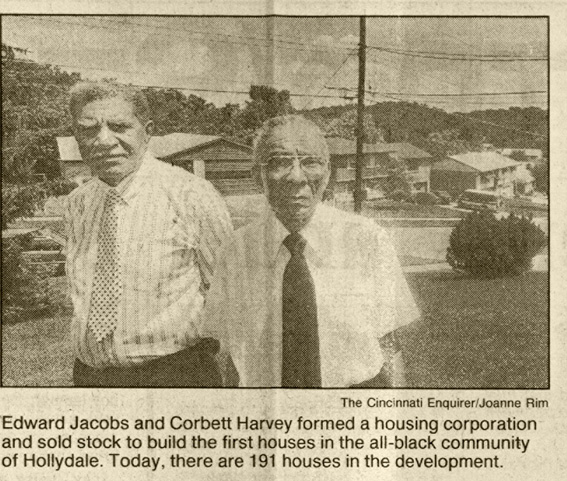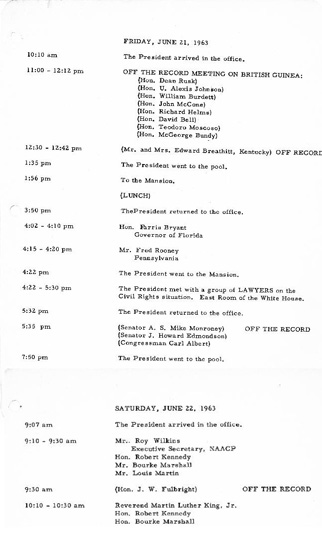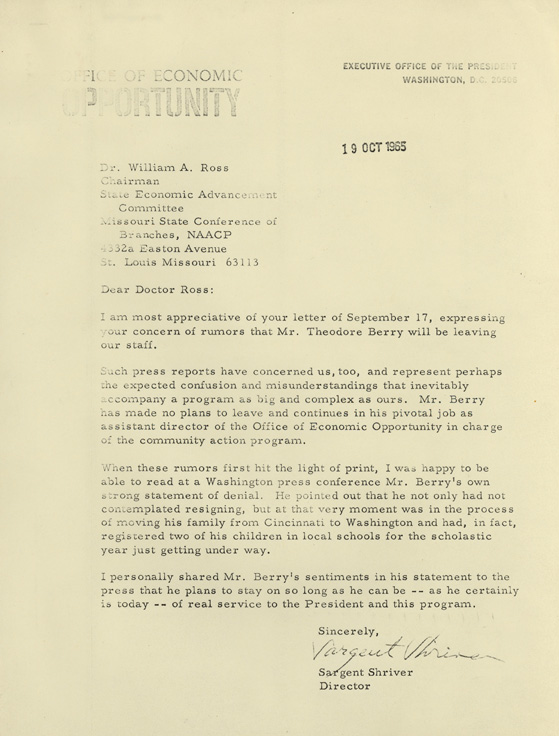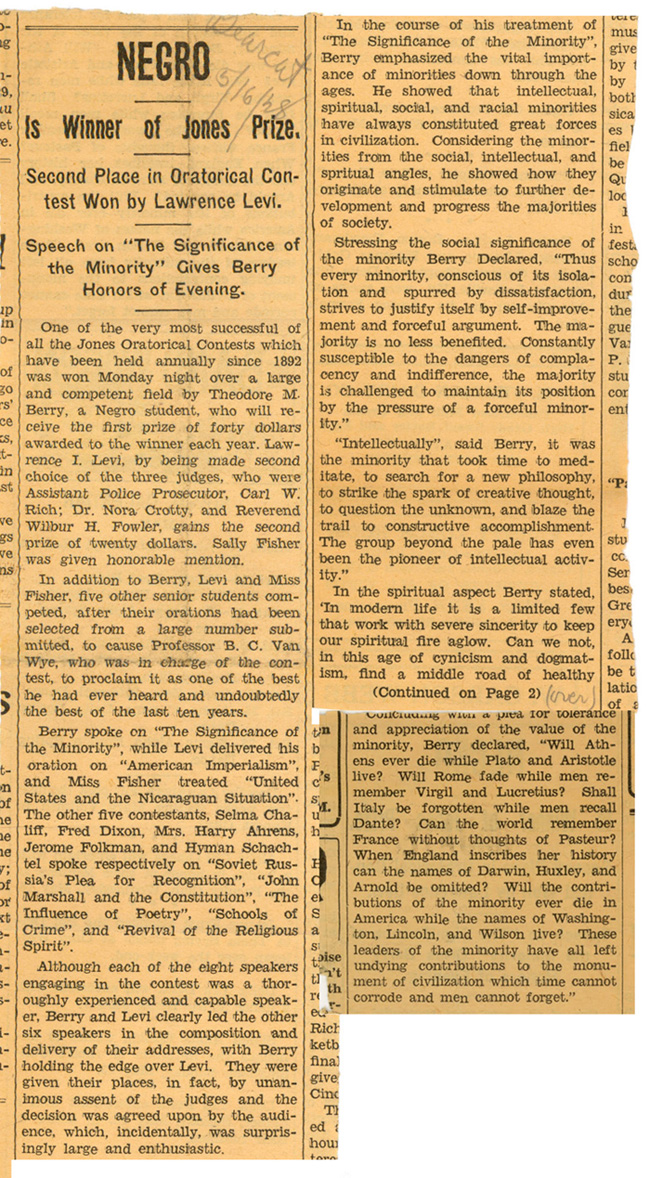By Laura Laugle
In 1984, while Theodore M. Berry was heavily involved in the battle to end racial segregation in Cincinnati Public Schools, the Cincinnati Chamber of Commerce chose him as a “Great Living Cincinnatian.” This prestigious designation by the Chamber is part of the organization’s annual honor conferred on local citizens who have made a substantial impact on Cincinnati life. Joining Berry in being honored that year was Cincinnati Bell CEO, Richard T. Dugan. Every year since 1967, the Chamber of Commerce (now called the Cincinnati USA Regional Chamber) has chosen a select few Cincinnatians as “Great Living Cincinnatians” based upon their achievement in five categories over a lifetime of work: community service, business and civic attainment on a local, state and national or international level, leadership, awareness of the needs of others, and distinctive accomplishments that have brought favorable attention to their community, institution or organization. Continue reading







